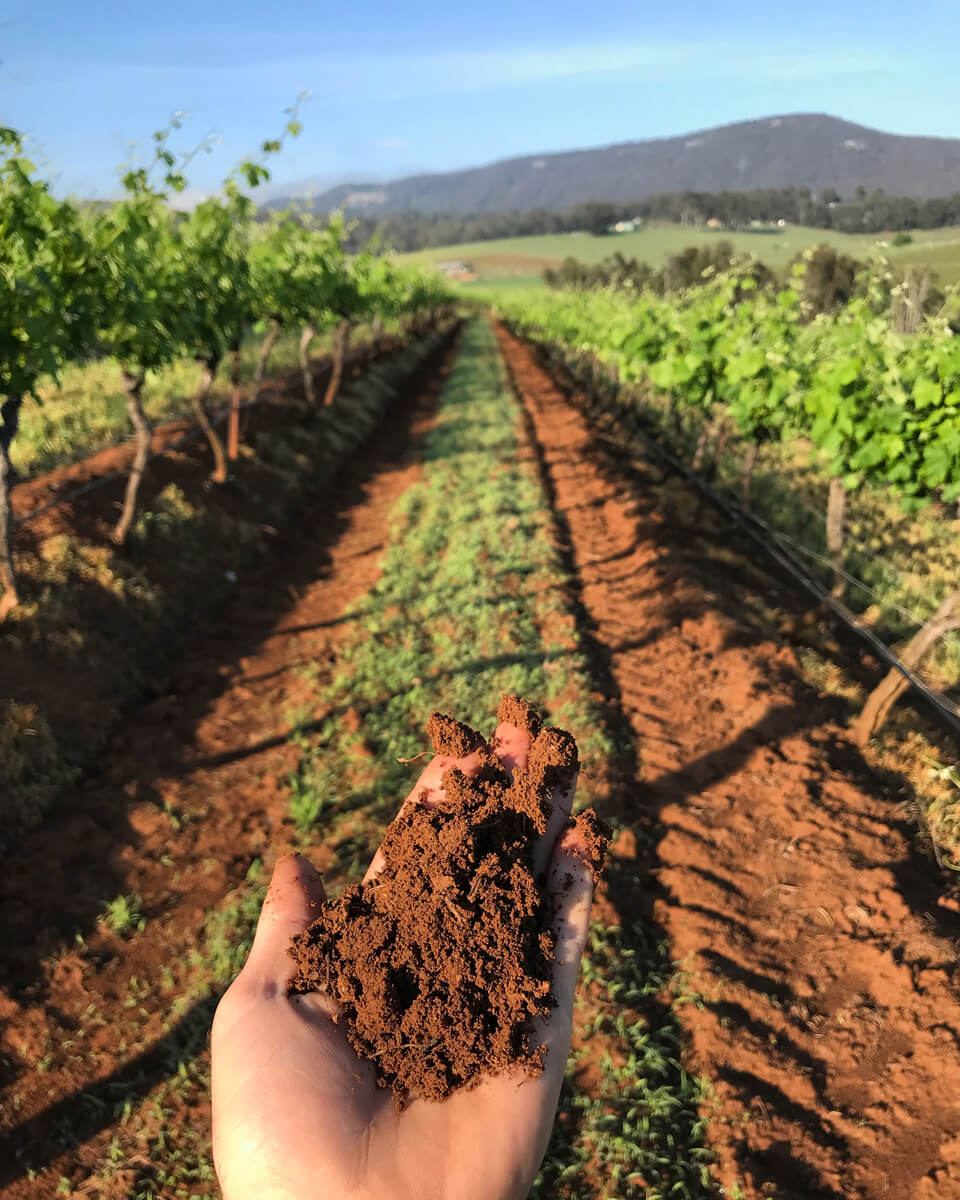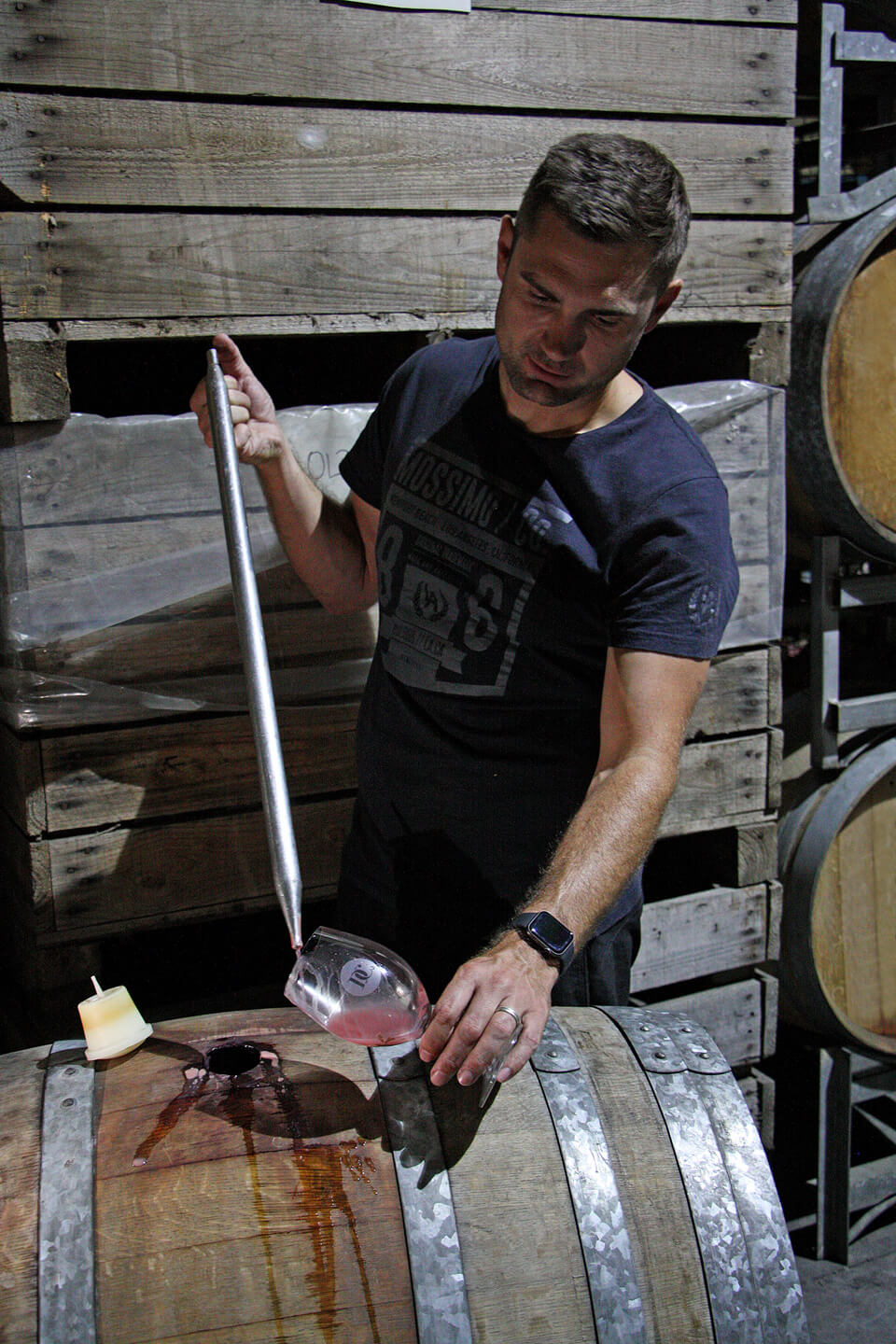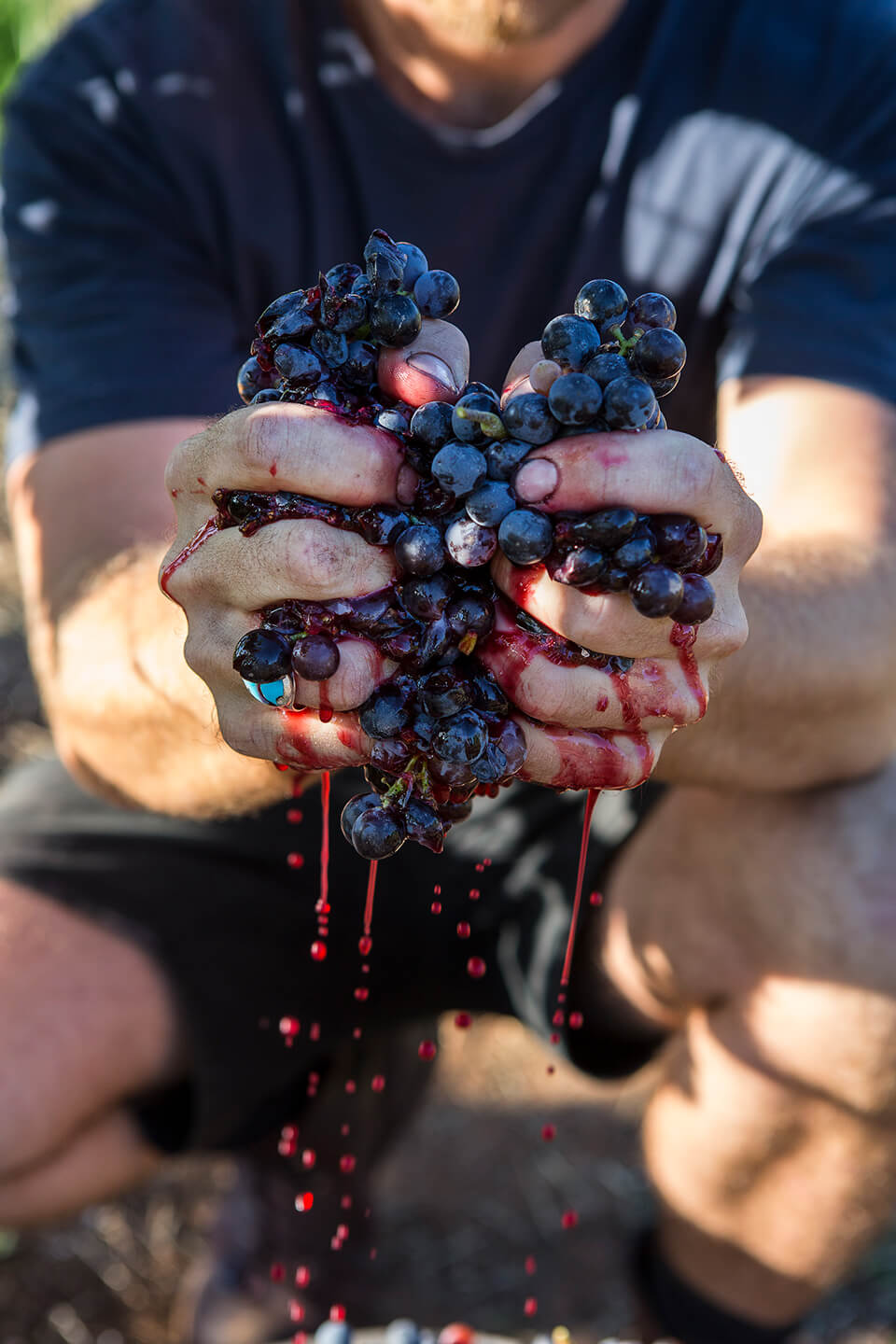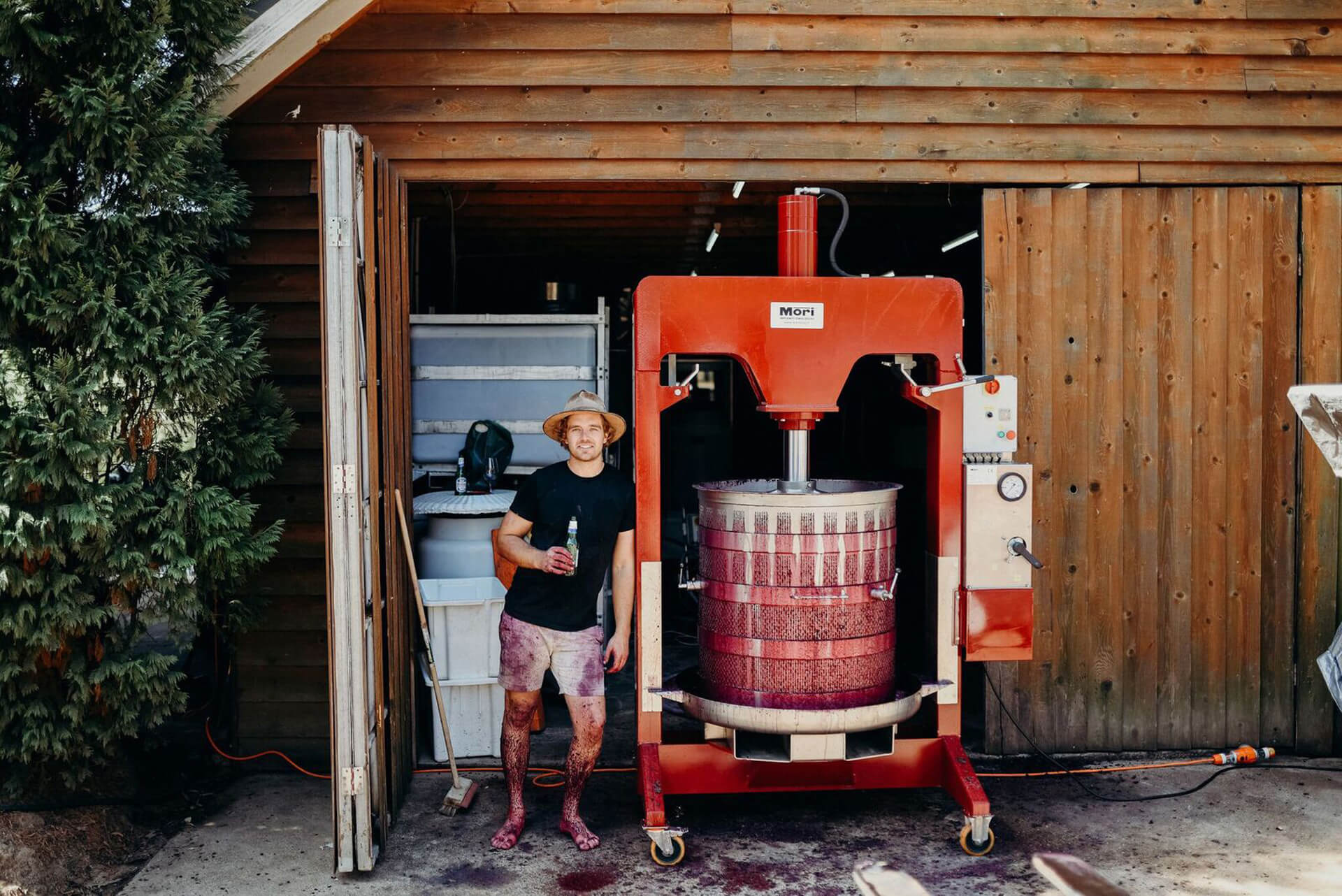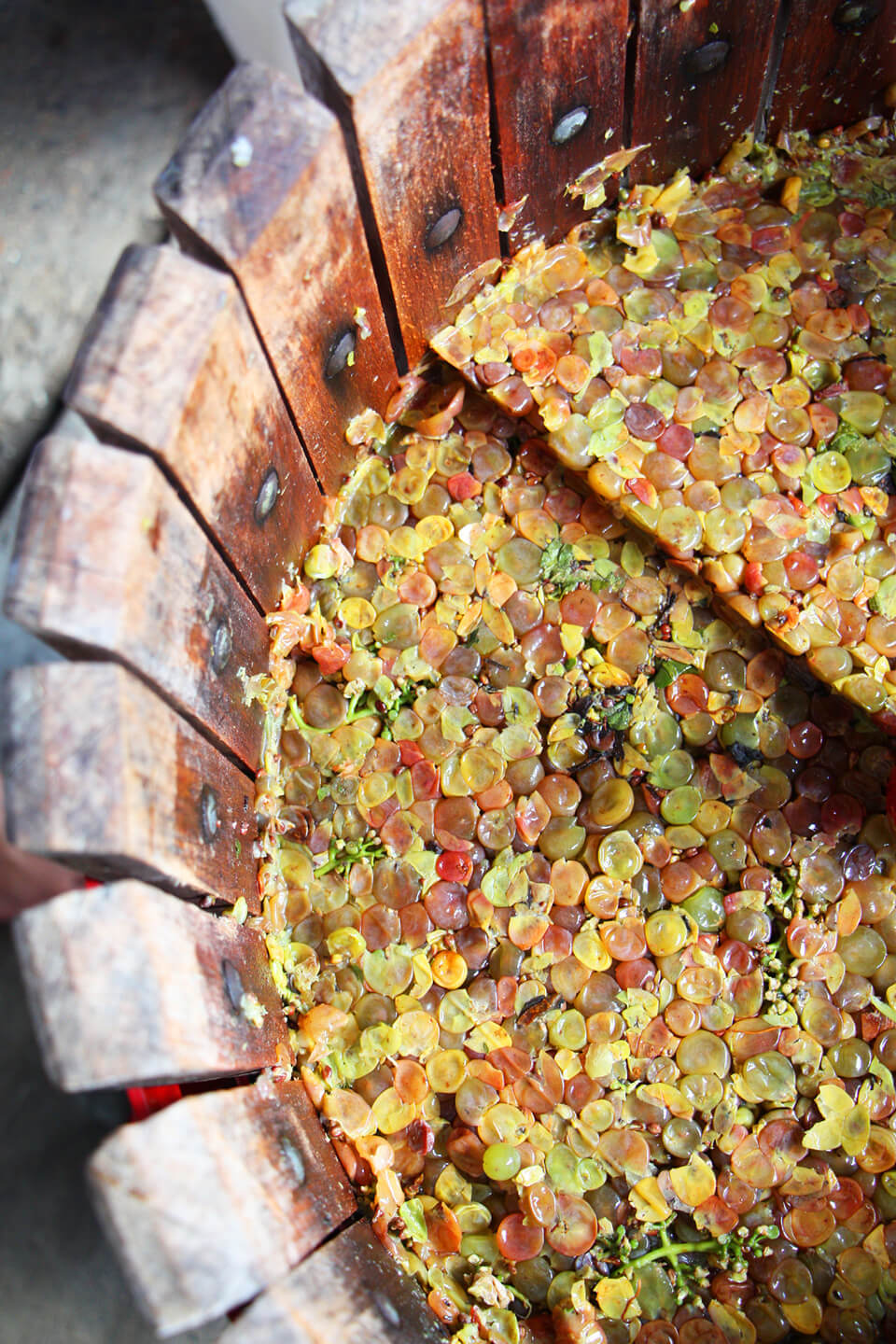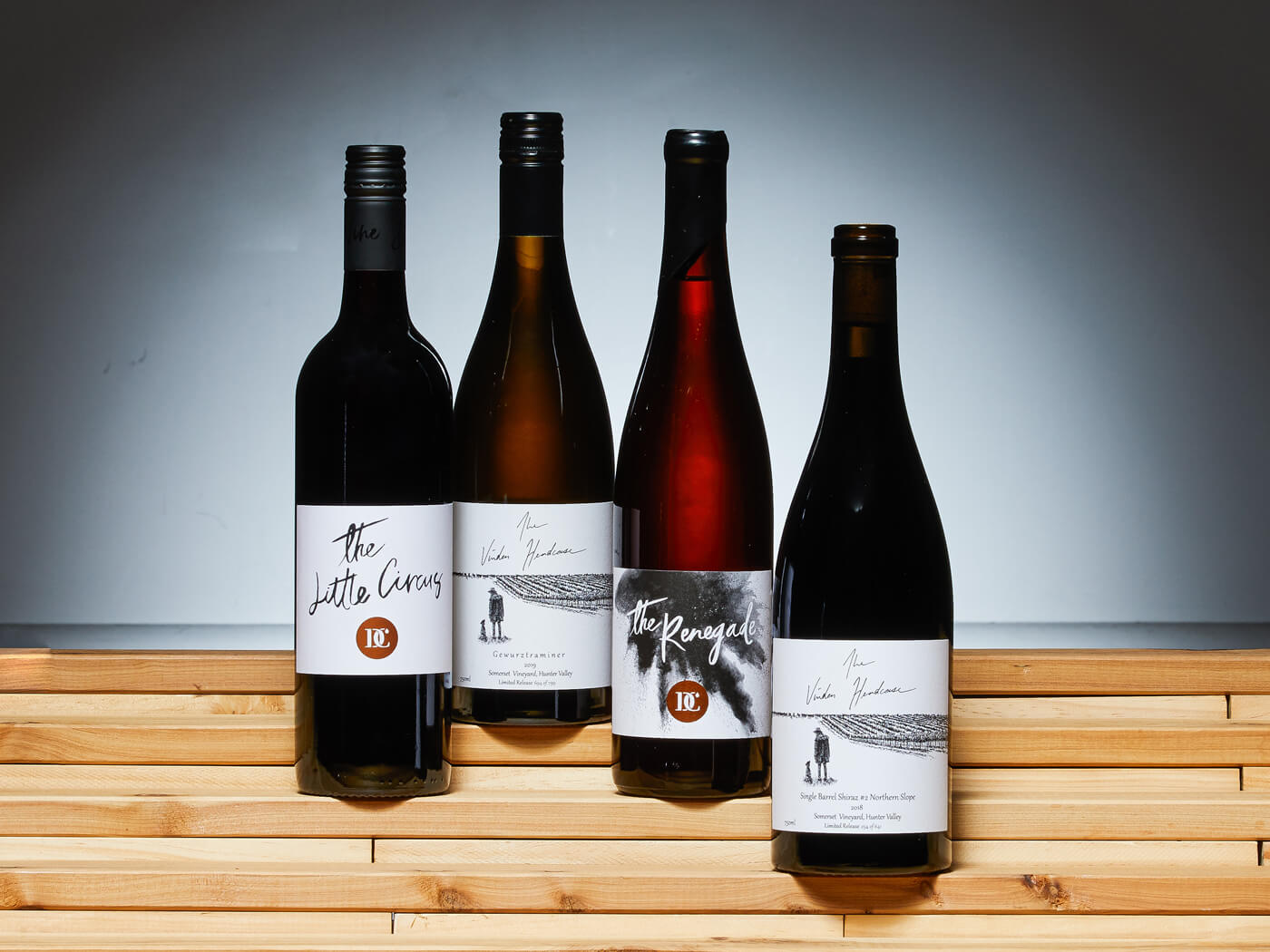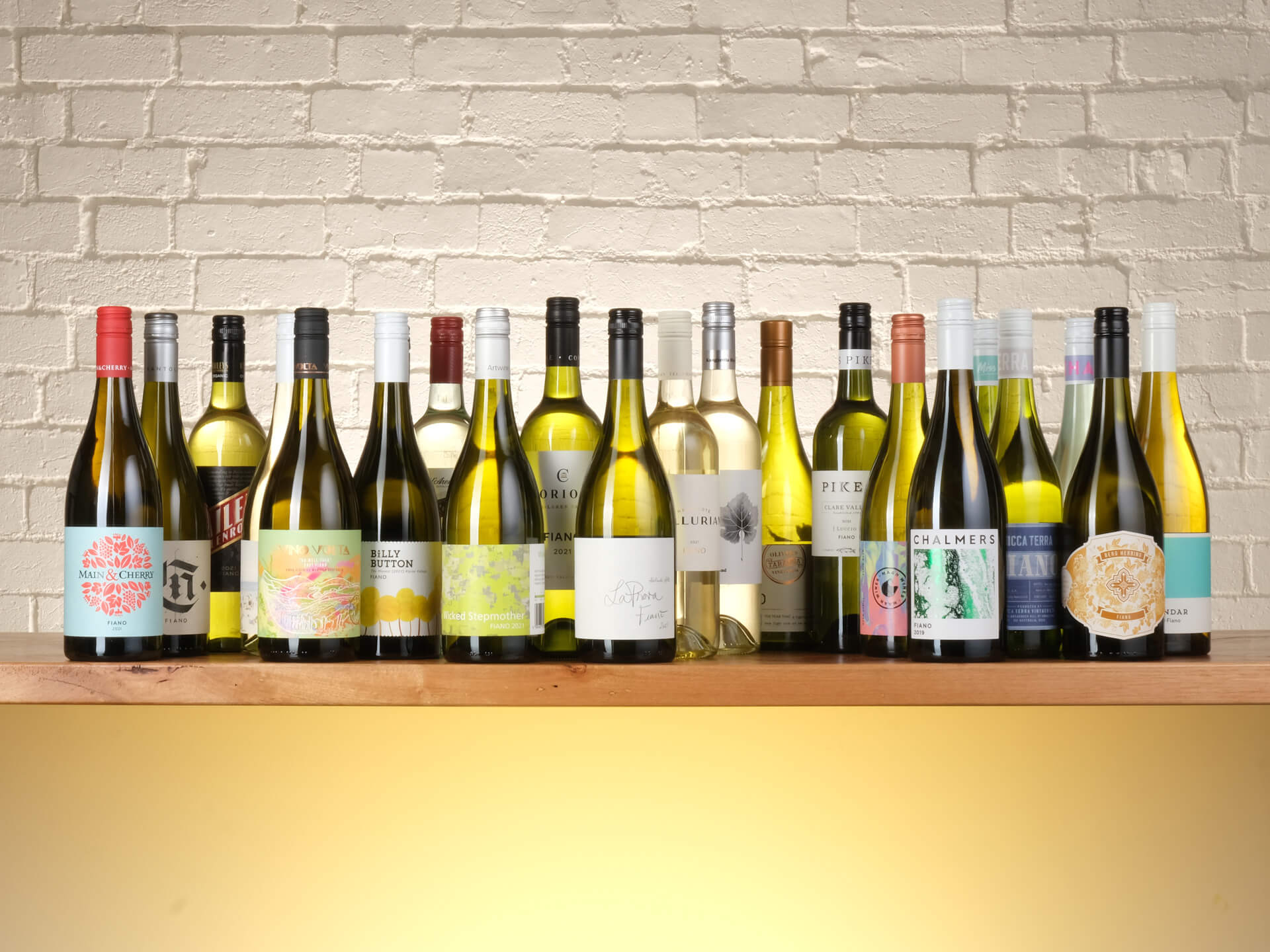The Hunter is unlike any other Australian wine region, and utterly so. Its classically savoury, mid-weight reds and achingly racy semillons – which age for decades into toasty, lemony delights – are two of this country’s most distinctive wine styles, and in the case of super-early picked semillon, decidedly unique. But the Hunter is more than just this classic pair, with a multitude of grape varieties in the ground, and makers both large and small working to hone tradition, as well as diverting from it radically. This Year’s Young Gun Top 50 features two of the Hunter’s finest, Vinden and Dirt Candy.
The Hunter is Australia’s oldest wine region, although the Swan Valley’s only a fraction younger, and McLaren Vale and the Barossa are only shaded by a decade or so. That age difference means little over a century and almost another of history, but it gives the Hunter a special accord, a bit of a cradle-of-Australian-wine badge. That station was only further enhanced by mythical figures like Maurice O’Shea, and a little later by industry legends such as Murray Tyrrell, Len Evans, Dr Max Lake… it’s a long, long list.
![]()
Angus Vinden shows the granular red clay soils at Somerset vineyard in Pokolbin.
The first vineyards were planted in the early 1820s, with eight hectares in the ground by 1823. When James Busby imported some 500 vine cuttings in the 1830s, the Hunter was planted in earnest, swelling to over 200 hectares before the century turned. Today, what is one of the country’s largest regions has almost 2,400 hectares dedicated to vines.
Hot and wet
The Hunter is an unusual wine region. A place which perhaps would not be so widely planted if we applied all the analysis that we have today. It can get very warm there, and it also can get quite wet, and often during the growing season, and that heat and humidity can cause disease issues for the fruit, amongst other potential problems.
Dirt Candy’s Daniel Payne acknowledges that the Hunter is idiosyncratic, but notes the results are typically extraordinary. “When you consider all the factors, it logically goes against [planting there] … but when you look at the quality of distinctive fruit it does produce, despite all the difficulties… there’s such great fruit around – it’s amazing,” says Payne. “Vineyard management is a key point, and there’s been quite a bit of work that’s been done around canopy management, air flow, soil types, soil management… to manage disease and optimise growing conditions.”
![]()
Daniel Payne of Dirt Candy checks on his ‘Gamechanger’ rosé – a barrel fermented blend of tempranillo and shiraz.
Angus Vinden, the second-generation winemaker of his family’s eponymous Pokolbin estate, believes that this vineyard-first focus is essential, and a shift to organics and an old Hunter way of farming is key. “The way they used to look after vineyards is very similar to the way we look after ours now… There were no heavy chemicals those days, so you had to manage things pragmatically in a really integrated way. I’ve just bought under-vine cultivators, seeders and things… to get my vineyards to a more sustainable organic approach. I’d like to see more people getting on board. It would be so easy for the Hunter be sustainable.”
Although shiraz and semillon are the region’s leading grapes, there’s more chardonnay than semillon planted. And there’s quite the heritage of chardonnay in the region, and pinot noir too. Those two grapes are typically cool climate material, but some of the early work with the varieties was done in the Hunter. Maurice O’Shea’s Mount Pleasant was the source for the MV6 clone, propagated after his death in the 1960s, which today is the darling of so many Victorian makers.
When Payne launched Dirt Candy, he deliberately stepped away from tradition, focusing instead on walking down a singular path. “I purposely stayed away from semillon and shiraz to begin with… this year I did a wild ferment semillon for the first time, but I put my own spin on it. If I’m going to stand out in a region that is very traditional, I need to create fun, interesting wines that are a little bit different…”
“Pinot noir does work,” Vinden says. “You have to have the right site and the right soil. Is it going to make pinot that tastes like Burgundy? No. But no-one makes pinot that tastes like Burgundy. You make wine based on your site and climate. Up here, it works really well as a blending variety. Winemakers through the Yarra, and other parts of Australia, are now copying the old Hunter shiraz pinot blend that was made in the 30s by O’Shea. I think it’s a fantastic blend for Australia – it’s uniquely Australian.”
Skirting around semillon and shiraz
Vinden works with traditional grapes, but he’s pushing into varietal diversity as well. “There are a lot of alternative varieties now. I grow alicante. I grow gamay. We have gewürztraminer, chenin blanc, fiano… I’ve got cinsault, pinot noir and pinot meunier cuttings ordered, two new clones of chardonnay. The Hunter’s got ample stock of amazing old vineyards [of semillon and shiraz]. But when you go back through the history, there were hundreds and hundreds of varieties planted… There are some really old plantings, and they’re all original Busby clones. Often when the French need cuttings, they come to the Hunter. We don’t have phylloxera, so pretty much everything is on own roots, which is amazing.”
![]()
Angus Vinden squeezes some alicante bouschet grapes at harvest – showing that, quite uniquely, the flesh has a red pigment. (Most grapes have clear flesh, with the pigment in wine coming from skins.)
When Payne launched Dirt Candy, he deliberately stepped away from tradition, focusing instead on walking down a singular path. “I purposely stayed away from semillon and shiraz to begin with… this year I did a wild ferment semillon for the first time, but I put my own spin on it. If I’m going to stand out in a region that is very traditional, I need to create fun, interesting wines that are a little bit different… For me, it’s a bit about evolution, a little bit of revolution, and a bit of rebellion as well.”
That sense of rebellion is hardly likely to overthrow the establishment anytime soon, but that’s not really the point, says Vinden. “There’s more history and been more change than most regions in Australia. There are a lot of companies here that have styles and ways of making wine, and it’s beautiful. A lot of the younger guys really respect that. You’ve got to look back to go forward. I like to have the interplay of our more classically focused wines and my Headcase wines, which allow me to push boundaries. There are more and more guys starting to push a bit more.”
![]()
Angus Vinden at his winery.
Vinden is a young maker, but he’s very active in the region and sits as a committee member on the Hunter Valley Wine & Tourism Association Wine Industry Forum. “I think inviting me to sit on committees shows that they think it’s important to foster the next generation – and work together. It’s a fantastic thing for our region,” he says.
“People are rethinking things, whether it’s branding and packaging, particularly viticulture, and wine styles,” Vinden adds. “You have the likes of Brokenwood making a skin-contact semillon three years in a row. I think that’s fantastic. There’s a really great sense of collaboration up hear. I can call pretty much anyone, and they’ll pop over and give you a hand, or you can take a sample over to their winery… it’s a really great, collaborative place.”
![]()
A cake of freshly pressed gewürztraminer skins in a basket press at Dirt Candy, with the pressed juice going into their ‘Renegade’ wine.
The Wines
![]()
2019 The Vinden Headcase ‘Somerset Vineyard’ Gewürztraminer $30
Golden and hazy. Punchy and aromatic nose of classic gewürztraminer spice, but less of the talc, lychee and powdery red florals you might expect from the variety, instead showing more orange peel, orange blossom water and crystallised ginger, probably a result of the skin contact. This is quite spicy, with that gingery sharpness lifting through some dusty dried spice. This is dry on the palate, with a firm, savoury grip softened by light richness and gentle acidity.
2018 The Vinden Headcase ‘Single Barrel Shiraz #2 Northern Slope’ $60
This is brooding, with tarry edged black berries, black plums, star anise, cacao nibs and bitter herbs. There’s a real savoury feel to the dark fruit, with some dried red fruit accents. There’s quality oak in play, but it settles into the wine nicely with time in the glass. This has a savoury, rugged feel, but the fruit is pure and expressive, with some classic Hunter leathery edges and a plenty of fruit weight and intensity, but it’s not sweet or rich as such.
2018 Dirt Candy ‘The Renegade’ Traminer $30
Golden with a light haze. Lifted powdery florals, with some of the classic talc and rosewater touches, but also dipping into a bit of an orange blossom note. There are flashes of candied peel, mandarin skin and almost a Wizz Fizz character, with hints of crystallised ginger. There is quite a cushion of generous texture, giving it richness, softness and volume in the mouth, with chewy tannins from the grape skins and some appealing marmalade bitterness giving it structure and freshness.
2019 Dirt Candy ‘The Little Circus’ Red Blend $24
Dark fruits, with classic Hunter tarry and leathery notes, blackcurrant, dark cherries, wild berries, spiced plum, sarsaparilla and a spiced panforte note. This is quite rich and full, but savoury at the same time, with a slippery, rounded character to the palate. Super-fine tannins and a light grapey chew cinch in the fruit, but that gentle structure mean this will take to a light chill, which is inyteresting for a wine of this brooding feel and intensity.
See the full list of Top 50 winemakers in the 2020 Young Gun of Wine Awards here. Join in our virtual events here, and also vote on who wins the People’s Choice until June 1.

